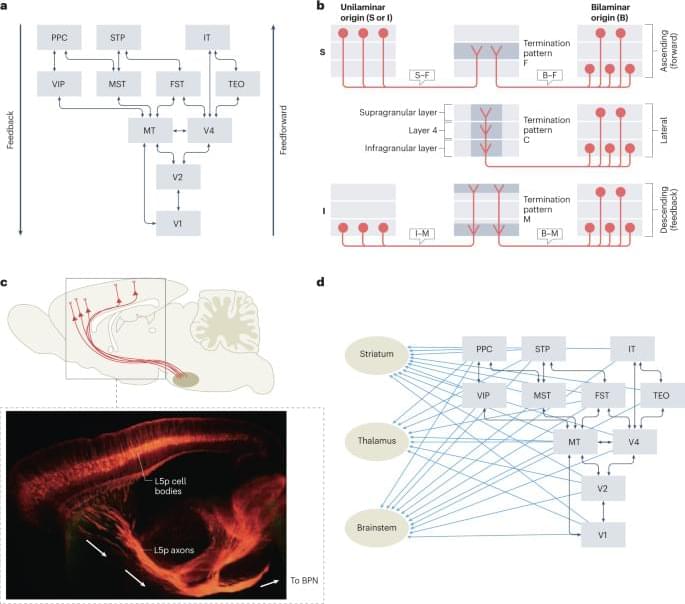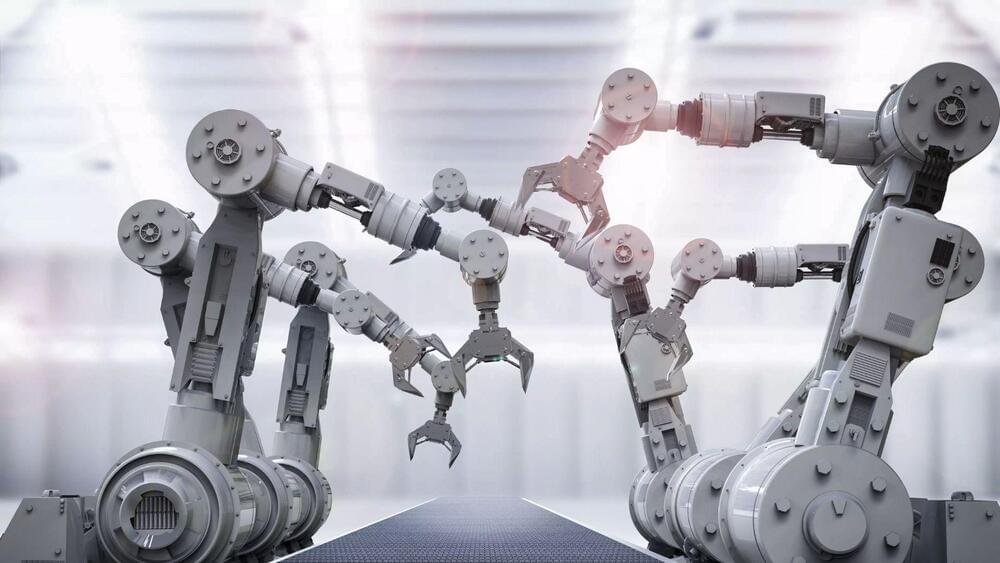Information about the internal properties of a system can only be obtained through interactions of the system with an external meter. However, such interactions generally result in entanglement between the system and the meter, making it difficult to trace the measurement result back to a specific value of the physical property in the system. It is therefore possible that the outcomes of quantum measurements depend in a nontrivial manner on the dynamics of the measurement interaction, possibly providing a physical explanation for the role of measurement contexts in quantum mechanics. Here we show that the effects of the measurement interaction on the meter can be described entirely in terms of the quantum coherent system dynamics associated with the back-action on the system.









